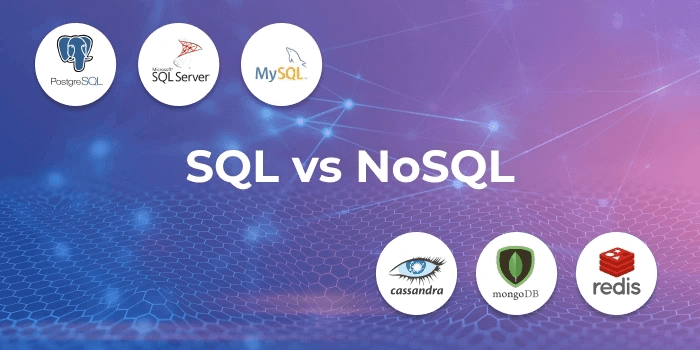Real-World Examples
In this tutorial, we are going to discuss about Real-World Examples and Case Studies of SQL and NoSQL. Understanding the theoretical differences between SQL and NoSQL databases is essential, but examining real-world examples and case studies can provide valuable insights into how these databases are used in practice.
This tutorial will explore various use cases where SQL and NoSQL databases have been successfully implemented, highlighting their respective strengths and showcasing how they can be employed to address specific application requirements.
Additionally, we will discuss hybrid solutions that combine the capabilities of both database types to create robust and versatile systems. By exploring these real-world scenarios, you can gain a deeper understanding of how to select the appropriate database in your system design interview.

SQL Databases in Action
- E-commerce platforms: SQL databases are widely used in e-commerce platforms, where structured data and well-defined relationships are the norm. For example, an online store’s database may have tables for customers, products, orders, and shipping details, all with established relationships. SQL databases enable efficient querying and data manipulation, making it easier for e-commerce platforms to manage inventory, customer data, and order processing.
- Financial systems: Financial applications, such as banking and trading platforms, rely on SQL databases to maintain transactional consistency, ensure data integrity, and support complex queries. The ACID properties of SQL databases are crucial in this context, as they guarantee the correct processing of transactions and safeguard against data corruption.
- Content Management Systems (CMS): Many popular CMS platforms, such as WordPress and Joomla, use SQL databases to store content, user data, and configuration information. The structured nature of the data and the powerful query capabilities of SQL databases make them well-suited for managing content and serving dynamic web pages.
NoSQL Databases in Action
- Social media platforms: NoSQL databases, particularly graph databases, are ideal for managing complex relationships and interconnected data found in social media platforms. For example, Facebook uses a custom graph database called TAO to store user profiles, friend connections, and other social graph data. This allows Facebook to efficiently query and traverse the massive social graph, providing features like friend recommendations and newsfeed personalization.
- Big data analytics: NoSQL databases, such as Hadoop’s HBase and Apache Cassandra, are commonly used for big data analytics, where large-scale data storage and processing are required. These databases are designed to scale horizontally, enabling them to handle vast amounts of data and high write loads. For example, Netflix uses Apache Cassandra to manage its customer data and viewing history, which helps the streaming service to provide personalized content recommendations to its users.
- Internet of Things (IoT): IoT applications generate massive volumes of data from various devices and sensors, often with varying data structures and formats. NoSQL databases like MongoDB and Amazon DynamoDB are suitable for handling this diverse and dynamic data, providing flexible data modeling and high-performance storage capabilities. For example, Philips Hue, a smart lighting system, uses Amazon DynamoDB to store and manage data generated by its connected light bulbs and devices.
Hybrid Solutions
- Gaming industry: In the gaming industry, developers often use a combination of SQL and NoSQL databases to support different aspects of their applications. For instance, an SQL database may be employed to manage user accounts, in-game purchases, and other transactional data, while a NoSQL database like Redis can be used to store real-time game state information and leaderboards.
- E-commerce with personalized recommendations: Some e-commerce platforms combine SQL databases for transactional data and inventory management with NoSQL databases for personalized recommendations. This hybrid approach allows the platform to leverage the strengths of both database types, ensuring efficient data storage, querying, and analysis for various aspects of the application.
That’s all about the Real-World Examples and Case Studies of SQL and NoSQL. If you have any queries or feedback, please write us email at contact@waytoeasylearn.com. Enjoy learning, Enjoy system design..!!